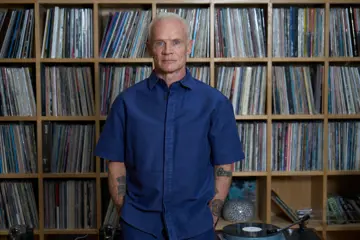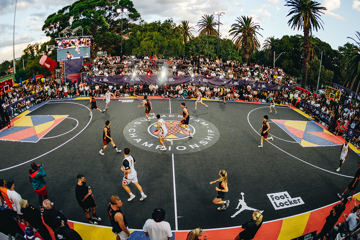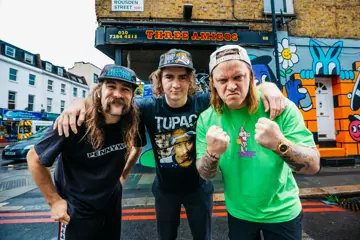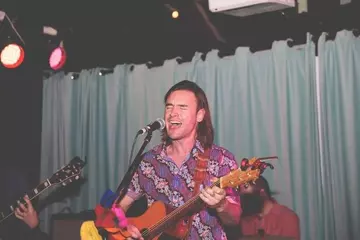A newly published report dove deep into the live music economy in Sydney (Eora), and determined that although the gigging scene in the NSW capital is “as good or even better than it’s ever been”, there is significant room for improvement.
The plainly titled Gig Economy report, published today (November 16), was penned by Matt Levinson for urban policy think-tank Committee For Sydney. The data compiled reflects more than 90 conversations Levinson had with heavyweight figures including music managers and bookers, venue owners, musicians and DJs, publicists and media, government policymakers, lawyers, police, and planning and acoustic consultants.
In a press statement, Levinson said of his findings: “The music scene in our city is far stronger than a lot of Sydneysiders would assume, it’s as good or even better than it’s ever been. Right across Sydney, we see incredibly fertile grassroots music scenes turning out artists that are making a splash globally. But for those about to rock live stages, unfortunately there aren’t anywhere near enough live music venues – particularly in Sydney’s west and southwest where so much of the hottest new talent is blossoming.
“There’s so much goodwill for live music, from the most senior figures in government through to crowds turning out for shows, we want to see that translate to strong and coordinated support for the sector.”
Don't miss a beat with our FREE daily newsletter
The report details several foundational problems holding Sydney back from being the live music paradise it could be. It’s explained that during the height of the COVID-19 pandemic, Sydney copped the brunt of Australia’s largest slump in live music revenue and ticket sales. Revenue made per attendee also remains “stubbornly flat” compared to other cities, which the report says “highlight[s] the slim margins in staging live music in our city”.
Also noted is that Sydney has benchmarked “well behind global leaders on culture”, ranking 27th out of 48 cities worldwide (per the 2023 Mori Global Power City Index). There were some exceptions to this rule – namely via national breakouts like The Kid LAROI, Flume, DMA’s and H3rizon – but as a whole, it’s said that “grassroots talent and skilled workers [are] struggling to make the transition to mid-long term viable careers”.
With a clear vision to better Sydney’s live music scene, the report makes six recommendations. These are detailed as follows:
Prioritise and promote domestic talent – taking a government as first user approach with procurement budgets, and mandating government-supported events and music streamers support local acts.
Deliver industry-led training – with special streams for music workers, emerging entrepreneurs and venue operators, this has to be matched with a review of conditions which we know Creative Workplaces has on the way.
Better target funding mechanisms – tax offsets for venues and touring acts, as well as a revamped Dine & Discover for local music can empower audiences, with a Venues Future Fund to drive programming in cultural institutions and public assets.
Make it easier to work with government – an expanded Hospitality Concierge for venues of all kinds, and a live music liaison in police commands.
Get planning and regulation working in concert with live music – getting live venues into precinct and region planning to deliver on the Neon Grid, development incentives for cultural infrastructure, sensible sound controls, music hubs and a new approach to safety in precincts.
Bring the reforms to life – with live music toolkits for local councils, and a targeted campaign to raise awareness of the reforms and drive uptake.
The full Gig Economy report spans 53 pages, and can be read or downloaded here.















